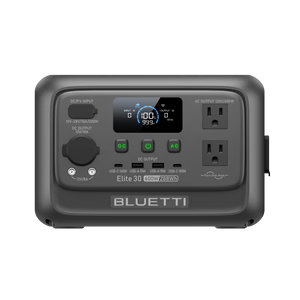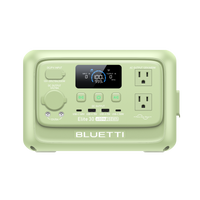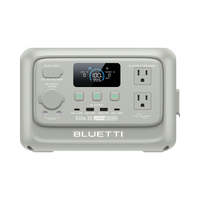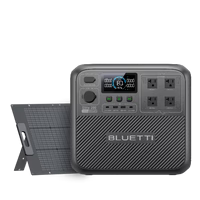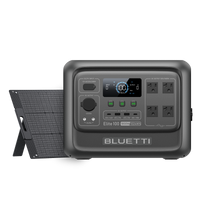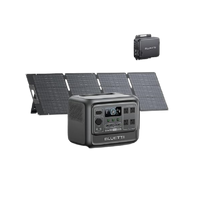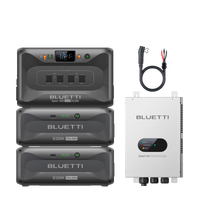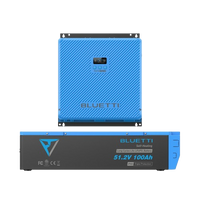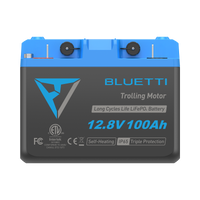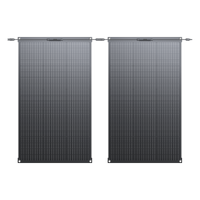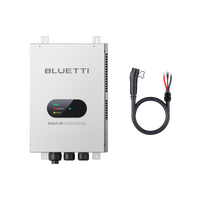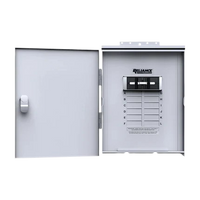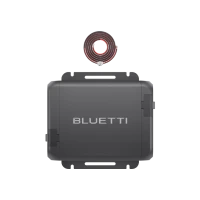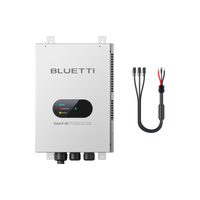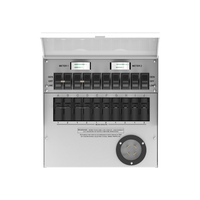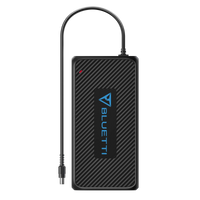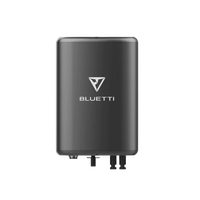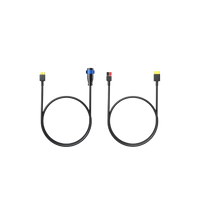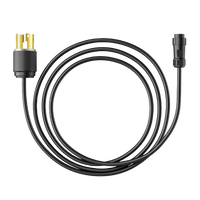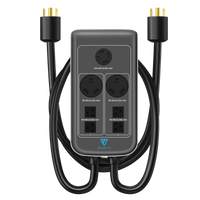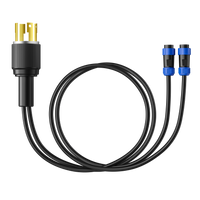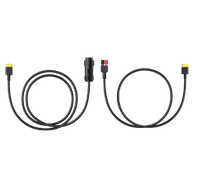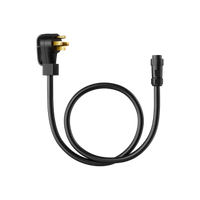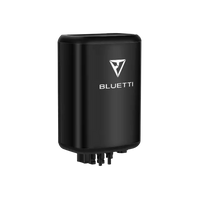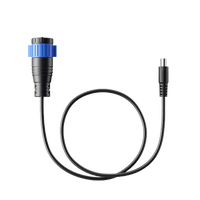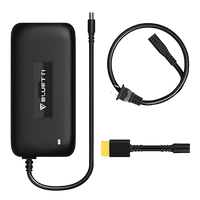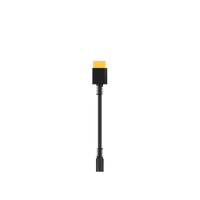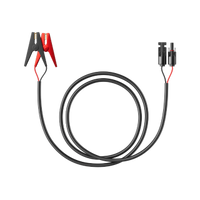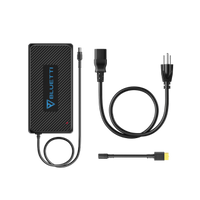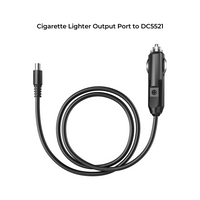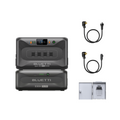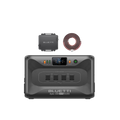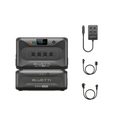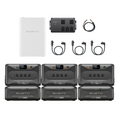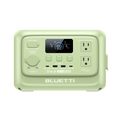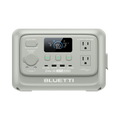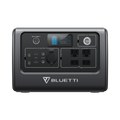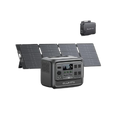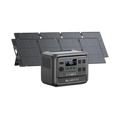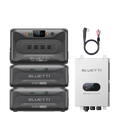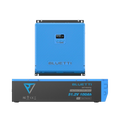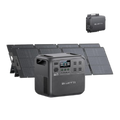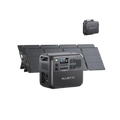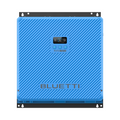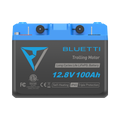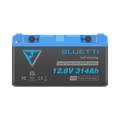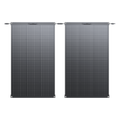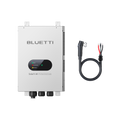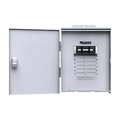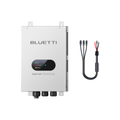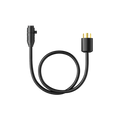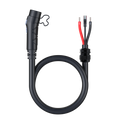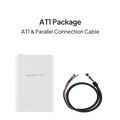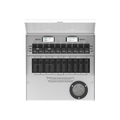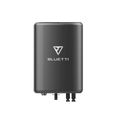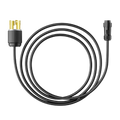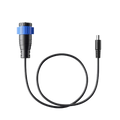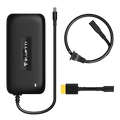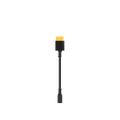In fact, most of us daily are closely observing the power utilization by giant appliances. These include fridges, dishwashers, etc. But there is one common item used daily that crosses our minds without notice: the humble light bulb. With the facilities of the modern world, we do have this luxury of lighting any time of the day or night just by flipping a switch.
But how does that pertain to energy usage? How much power does it need? These are questions of great importance, especially now that we make a conscious effort to use less and less electricity. But answers are not quite that simple. The wattage of the bulb, type, and how long it is lit can use more or less energy. Different types of bulbs are also of different efficiency, thus leading to different energy uses. Let's dig deeper into this information in this piece.
How Many Watts Does a Light Bulb Use?
There are three forms of these lamps. These include the incandescent, compact fluorescent, and LED ones. Each one is consumed by a different amount of power.
Your incandescent options perhaps went up to 60w, 70w, or even 100 wattage. If you had gone away and left one such 100 watt incandescent type on for an entire year, it would have used up something like 876 kWh of power. That's a lot!
And if you absolutely have to, you can always fall back on CFLs. You know, the round light bulbs with that cute little spiral? Well, they're certainly far more efficient than the traditional incandescent housings. They're good for 75% less power consumption for the same light output as a 100-watt incandescent setup. For instance, let's say you run it for a year. It would use only about 216 kWh of electricity.
And then we have the efficiency champions: LED options. These are one other type of source of light that can be used to replace traditional incandescents. On average, an LED bulb is only run with a 10-watt average. So, if you left one on for a year, it would only consume around 14.4 kWh of power. Isn't that impressive now!
How Much Electricity Do Light Bulbs Use?

In fact the energy utilization of a bulb is not based only on its rating, but it is based on average daily usage. In general, the bulb is used on average 4 hours per day. Hence, an incandescent bulb would consume 100 to 400 Wh, a CFL 100 Wh, and an LED 8 to 72 Wh per day. Note, these values are based on the assumption that each bulb is used 4 hours per day.
However, the duration of usage changes in accordance with the preference regarding the selected settings on brightness, which may have implications on the total electricity consumed. For instance, a light used 8 hours a day would consume twice the electricity as one left on for 4 hours a day. Similarly, the put to a higher level of brightness will use more electrical power. This is true as compared to another case put to a lower level of brightness.
How Much Does It Cost to Run a Light Bulb for 24 Hours?

Expenses will obviously vary. They do this with the type of the light, the wattage, and the local price of electricity. For example, at 100 watts, an incandescent option in use for the full year would have used 876 kWh, which makes the energy cost of running one at $131.40. In contrast, to give the same brightness as a 100-watt incandescent light, you only need a 25-watt CFL option, which consumes only 216 kWh in a year or worth $32.40.
Even more economical is an LED. For the same output, all you need is a 16-watt LED type, which consumes only 140 kWh in a year or worth $21. However, the costs involved will vary depending on the electricity pricing in your area. In some expensive energy cost areas, the expense of running a light bulb for 24 hours increases.
Can You Save Money with Solar Power?
Transitioning to solar power is a perfect way to reduce expenses on energy while using the light bulb. Solar panels, including the BLUETTI PV200 200W are crucial. They can work to produce energy for use in lighting these lamps and other appliances. But actual savings will differ. Major influences include the quantity of sunlight in your location, size and efficiency of the collector to be installed, and electricity rates in your area.
Many can save anywhere between $10000 and $30000 over the life of the collector. Note that even though these setups save greatly, it involves an investment of some sort. The good news is that the price has decreased over the last couple of years, making them affordable. Now let us consider the PV200, which is one of the recommended ones for this case:

It can charge your solar generators with its output power of 200W, assuming there is sunlight. Now, that's really useful when you come to think about the power draw of your bulbs, for instance. Assuming you have LED bulbs that consume 10 watts each, then this solar panel, under the best sunshine conditions, might just be able to power 20 of these bulbs for an hour.
PV200 is constructed with monocrystalline solar cells, which are the most efficient in transforming sunshine into solar power at an efficiency rate of up to 23.4%; hence, it remains a reliable power source in any weather. This means that even on cloudy days, your light bulbs could still be powered by the sun.
One of the great features of the PV200 is ease of installation. Its built-in kickstand allows you to just prop it up and set the angle to catch the most sunlight. It is designed for user-friendliness and thus very practical, despite the level of technical knowledge one may have.
Besides, the PV200 is made to last. An ETFE coat and an IP65 junction box design make it resistant to scratches and water splashes, hence perfect for outdoor usage. Whether you are camping, fishing, or hiking, the PV200 can get your light bulbs and other devices powered up in a secure way.
What Size Battery Do You Need to Back up a Light Bulb?
The capacity of the battery required to back up a light bulb is determined based on the wattage of the bulb and the time duration you would like the backup to last. For example, a 10-watt LED light bulb that needs a backup for 24 hours requires a design energy storage of 240 Wh. For backup, a battery like this BLUETTI AC240, with a capacity of 1,536Wh, would surely be more than enough for just a single light bulb, depending greatly on other factors like the efficiency of the light bulb and the number of hours that bulb will run throughout a day. Here is the review of the C240:

It is a powerful, versatile power solution to keep light bulbs and other devices going. Including a maximum power output of up to 2,400W and a capacity of 1,536Wh, it is able to run many light bulbs. For example, by using 10W LED bulbs, the AC240 may potentially power 240 such bulbs for an hour.
One of the biggest features and selling points of the AC240 is its relative invulnerability to dust and water. Rated IP65 water-resistant and dustproof, it is certainly going to go on working under even the most severe conditions outside. It makes for a reliable power source for your light bulbs whether you are at home or on an outdoor adventure.
In addition, AC240 produces quite an incredible output in most devices. When two units of AC240 are connected in parallel, the maximum set output that should be achieved is 4,800W/120V. This means you can literally power hundreds of light bulbs at the same time, which might be fit to be applied in a large room or in a function.
The other feature of the AC240 is modularity in its design. Stack up B210 expansion batteries in this design and one has many times more alternatives for their power needs. This kind of design flexibility allows the custom placement of power setups in such a way that the same power station may be used to light up either a small room or a large outdoor area.
Finally, with the AC240, you are able to charge in different ways: by solar panel, from a wall socket, using a car charger, or even directly from a lead-acid battery or shore power. It is a versatile, practical, and convenient power solution for any situation.
Is It Cheaper to Leave Lights on All the Time?
Though this might be convenient, leaving lights on might not be very economical. Electricity bills only go up with time, and lights left on without use only waste energy. A lot of money can be saved just by switching to the newer, more efficient bulbs. Energy bills go down, and with that, you will buy fewer bulbs and have to replace them less often. This is simple and effective for a reduction in your home energy use. In addition, leaving your lights on all the time may shorten the life of your bulb, thereby costing more in terms of replacement bulbs.
Final Thoughts
In a nutshell, here's the thing: energy-efficient bulbs and daylight panels might seem a little expensive at the beginning, but trust us, they will be worth every penny in the long run. Consider it: you're not just saving your dollar bills on electricity over time, but you're also helping the environment. Win-win, right? So all of us, in working toward a greener future, should keep in mind that even the smallest changes make an incredible difference.






